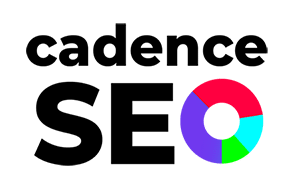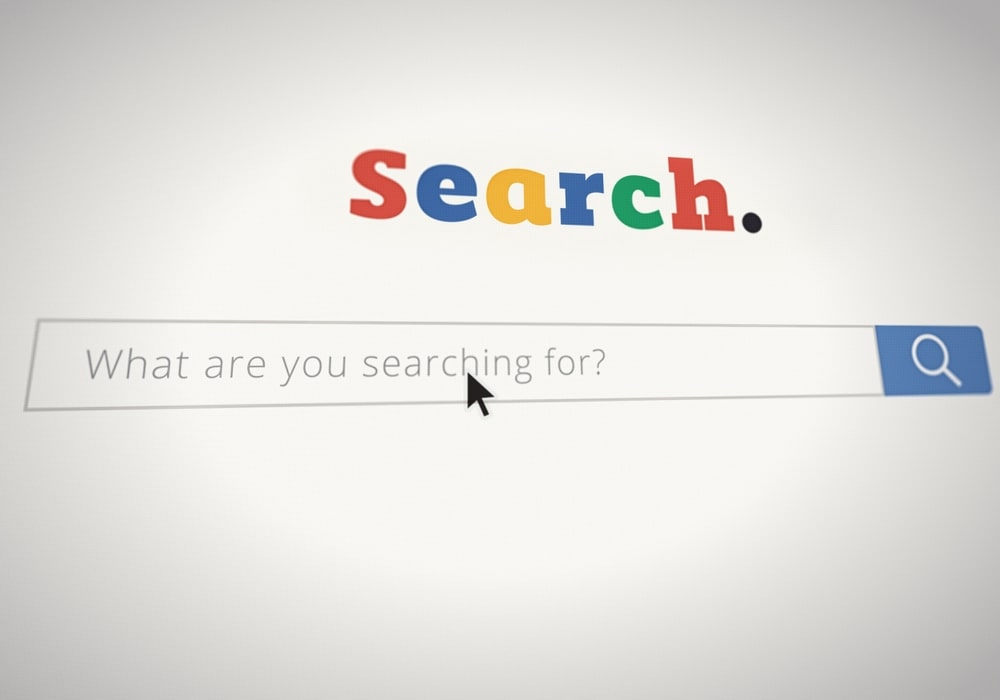Imagine you’re running a business with a stellar website, but no one is visiting it. You’re putting in hours optimizing keywords, refining your site’s structure, and ensuring your pages load at lightning speed. Yet, despite your best efforts, your site traffic just isn’t converting into customers. This scenario happens more often than you’d think—and the missing piece could be a clear understanding of search intent. Search intent isn’t merely about the words users type into search engines; it’s about understanding why they’re searching and what they’re hoping to achieve. Businesses that master search intent connect with their audience more effectively, boost their SEO rankings, and see real, measurable engagement and conversions.
Understanding Search Intent
At its core, search intent (also called user intent) is about determining the reason behind a search query. Users type phrases into search engines, but there’s always a deeper motivation behind the words—whether they’re looking for information, a particular product, or a specific website. Search engines have evolved to prioritize user experience, making it essential for businesses to optimize their content based on search intent rather than simply adding keywords.
When search engines recognize that your content aligns with the searcher’s true intention, they’re more likely to promote your site, improving its ranking in search engine results pages (SERPs). By crafting content that directly answers these intentions, businesses can enhance user satisfaction, increase time spent on their website, and build trust with their audience.
Why is Search Intent Important for SEO?
Understanding and optimizing for search intent is crucial to SEO success. Here are some of the top reasons why it’s essential:
Increases Relevance of Your Content
Users look to search engines to fulfill their needs and solve their problems. When you tailor your content to address a searcher’s intent, you provide relevant answers and experiences. This makes your content more attractive to users and search engines, increasing your chances of ranking higher in search results.
Improves Click-Through Rate (CTR)
Optimizing for search intent boosts your CTR because users see that your page promises to answer their specific query. Google and other search engines use CTR as a ranking factor, so a higher CTR can improve your site’s SEO performance.
Reduces Bounce Rate
When users quickly find the information they need on your site, they’re less likely to hit the back button. Optimizing for search intent reduces bounce rate, indicating to search engines that your content is valuable and meets user expectations.
Enhances User Satisfaction
Matching content to search intent improves the user experience on your site. Satisfied users are more likely to return, spend time exploring other pages, or convert into customers, which boosts your website’s authority and credibility.
Supports Long-Term SEO Success
Search intent optimization ensures that your content stays relevant even as search engine algorithms evolve. By focusing on the “why” behind user queries, you create content that continues to perform well, providing sustainable SEO results.
Types of Search Intent
There are four main types of search intent that businesses should be aware of. Understanding these different types helps you align your content more precisely with users’ needs.
Informational Intent
Users with informational intent are looking for knowledge. They may want an answer to a specific question or general information about a topic. For example, a query like “How to bake a cake” signals informational intent because the user wants to learn or gain new insights.
Example: A bakery website could create blog posts with recipes or baking tips, targeting users with informational intent. The content should be detailed, useful, and offer clear answers to common questions in the baking niche.
Commercial Intent
Commercial intent queries come from users who are considering a purchase but want to explore options first. They may search for comparisons, reviews, or best-of lists. For instance, a search like “best laptops for graphic design” signals commercial intent, as the user is likely in the consideration stage.
Example: A tech retailer can create content comparing various laptops, listing pros and cons, or detailing features that graphic designers would value, helping potential buyers make informed decisions.
Transactional Intent
Transactional intent means the user is ready to make a purchase. These queries usually involve specific products or services and often include terms like “buy,” “purchase,” or “discount.” For example, a query like “buy eco-friendly yoga mat” demonstrates transactional intent.
Example: An online store specializing in eco-friendly products can create a landing page for its yoga mats with strong calls to action. The page should showcase the features, benefits, and any promotions to encourage the final purchase.
Navigational Intent
Users with navigational intent know the exact website or brand they want to access. They may type queries like “Facebook login” or “Ikea store locations.” While these searches aren’t usually targeted for conversions, they’re crucial for branded searches and reinforcing brand awareness.
Example: Brands should ensure their website ranks for their own name and key product categories so that users with navigational intent can easily reach their site.
Of course, many keywords can blur the line between different categories, offering more than one intent. For instance, the keywords “best hiking backpack” can be commercial, transactional, and informational all at once. SERPs will offer answers to all of these intents by supplying users with basic information about the backpacks, reviews, and ads. SERPs will also provide bigger clues into what searchers really want. For example, you may discover users want content in the form of blog posts vs videos on a particular search intent. It could also tell you more about what they specifically value when searching for recommendations or reviews.
Key Steps for Optimizing for Search Intent
Optimizing for search intent requires a strategic approach to understand and align with what users want. Here are the key steps:
Identify the Three Cs of Search Intent for Your Target Keyword
Identifying and applying the “Three Cs of Search Intent”—Content Type, Content Format, and Content Angle—is fundamental for aligning your content with user expectations. Each component helps you interpret user signals more accurately, enabling you to craft content that not only ranks well but genuinely satisfies user needs. Here’s a closer look at how each of these elements contributes to search intent optimization:
Content Type
The content type is the broad category or genre of content that is most relevant to the search query. To determine the content type, look at the top SERPs to see what type is ranking.
Common Content Types include:
- Blog Posts/Articles for informational intent, offering explanations or analysis on a topic.
- Product Pages for transactional intent, highlighting product details for conversion.
- Category Pages for commercial investigation, listing products for easy comparison.
- Landing Pages for campaigns, focusing on direct conversions.
- Videos/Infographics for quick information digestion in an engaging format.
Reviewing top-ranking pages for a keyword reveals the content type that best matches the user’s expectations. Aligning with this type improves your chances of ranking higher.
Content Format
Content format refers to the structure that best fits the user’s search intent, such as:
- How-To Guides for instructional content (e.g., “How to bake a cake”).
- Listicles for quick, scannable lists (e.g., “top 10 laptops for students”).
- Comparisons for product evaluation (e.g., “iPhone vs. Samsung”).
- Reviews for users seeking opinions (e.g., “best budget running shoes review”).
- Checklists for concise instructions, often targeted at beginners.
Observing the formats used by top-ranking content helps you understand how to best structure your page.
Content Angle
The content angle is the unique perspective or specific approach that meets user needs, such as:
- Cost-Effective Options (e.g., “best affordable laptops”).
- High-Quality Choices for users seeking premium options (e.g., “top-rated luxury hotels”).
- Quick Solutions for users looking for fast answers (e.g., “quick workout at home”).
- Comprehensive Guides for in-depth information (e.g., “ultimate guide to digital marketing”).
- Beginner vs. Advanced Content to match user proficiency levels.
Look at themes in top-ranking results to determine the angle that appeals most to searchers. A practical, user-focused angle positions your content to better satisfy intent.
Create Content Topics that Align with Search Intent
It’s essential to identify topics that match user intent, and there are several ways to refine this process.
Explore Top Ranking Pages for a Chosen Topic
Reviewing the highest-ranking pages for a target keyword provides insights into how to structure your content. Pay attention to elements like headings, subheadings, images, and media types, as these often signal the preferred structure for users with similar intent.
Conduct Content Gap Analysis
Content gap analysis involves comparing your content with what competitors are offering. By identifying missing elements in your own content, you can improve its relevance and usefulness, addressing all aspects of user intent and providing comprehensive solutions to users’ queries.
Navigate Search Intent with CadenceSEO!
At CadenceSEO, we understand that optimizing for search intent goes beyond adding keywords to a page—it’s about creating value and relevance for your audience. CadenceSEO is a full-service digital marketing agency and consultancy specializing in SEO Content Creation. With our expertise, we’ll help you craft content that meets user expectations, improve your SEO performance, and turn casual visitors into loyal customers.
Ready to take the next step? Contact us today to schedule your free strategy session!






